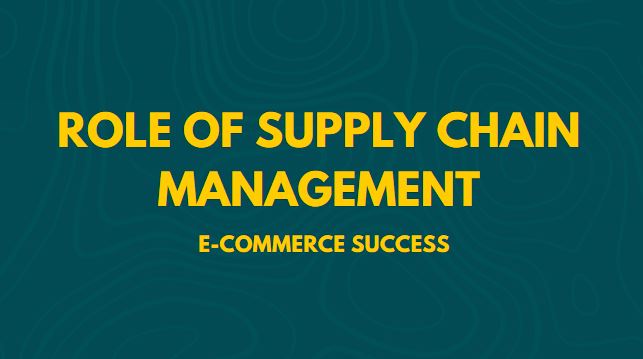Language is the door to the culture, people, and heart of the region. A survey conducted of over 8000 people from 29 countries having different native languages states that 65% of the internet users prefer website content in their own language.
This shows that your digital marketing strategy needs to address the need of the hour – Localization of your website.
Localization means translating your website into local languages or even universal languages such as English. This improves your reach and also enhances the user experience.
For a company wanting to spread its wings beyond the boundaries of its country of origin, the focus should be on the localization of the website.
Take the example of India, in India alone there are over 500 million internet users, 1000 languages, and approximately 1600 dialects. As per a Google report of these 500 million, 90% of users prefer to access content in languages they are familiar with.
The process of localization may seem overwhelming but is required if you wish to stay relevant and sustain the competition.
If the process is to be broken down into steps they will be as follows:
- Identifying the goal – Assess the goal or intent you wish to enter the market through localization of the website or other digital assets. The goals can vary from branding, and reach to boosting the sale. Setting the goal or aim right will give direction to the process and reduce the time and effort spent on it because the localization of a website requires language experts and can become a costly affair.
- Market research – There are currently 5 billion internet users in the world, of a large market, you need to carefully identify the target audience on the basis of demography, geography, and psychography. Once the target audience is set, you need to assess from which geography your maximum customers hail. Upon understanding the geography and the language your target group speaks you can start the process of localization. For example – If there is maximum demand for your product in Germany where the majority population speaks German, it makes no sense to translate all the pages into Spanish even if you have customers from Spain but the number is negligible.
- Building a team – Once the aim, target market, and geographical priorities are set, the next big challenge lies in building a sound team of translators. Finding good translators can be a task and may have an impact on the costs, however, having native language speakers or experienced translators who understand the aim and have the knack to convey your message on point creates the greatest impact. After all, translation of the website to make sense to the native language speakers was the ultimate objective. Considering the end result investing wisely in the team of translators is crucial.
- Competition – Taking a look at what your competitors are doing is not a bad idea! To stay relevant in the competition, it is important to either make the first move when it comes to reaching the audience or closely observe competitors’ tonality, ease of usage, traffic, and the colloquialism of the website.
- Investment – Wisely distributing and utilizing the budget for team building, software to be used, and making a digital presence is important for your localized website and digital assets to stand out in the crowd. Also, to avoid any additional expenses you do not wish to incur if you make blunders in the translations. Not all companies may have the financial capacity to absorb such blunders.
The scope of website localization and the impact it creates on the ROI is large. A study suggests that website translation or localization will give a boost to your lead flow, reduce customer acquisition costs, and increase the number of conversions. An additional benefit is an exponential increase in organic search due to the increased brand awareness.
If you wish to achieve all this you need guidance and deep knowledge of how to strategize the localization and marketing activities. Here is where MIT School of Distance Education plays a vital role. MITSDE offers a Post Graduate Certification in Management (PGCM) with a specialization in Digital Marketing. PGCM Digital Marketing provides the opportunity to become an expert in the industry and update and upskill yourself. In this course, you will receive clear guidance on how to implement digital marketing tools and techniques and will equip you with concrete skills to apply at your workplace.


